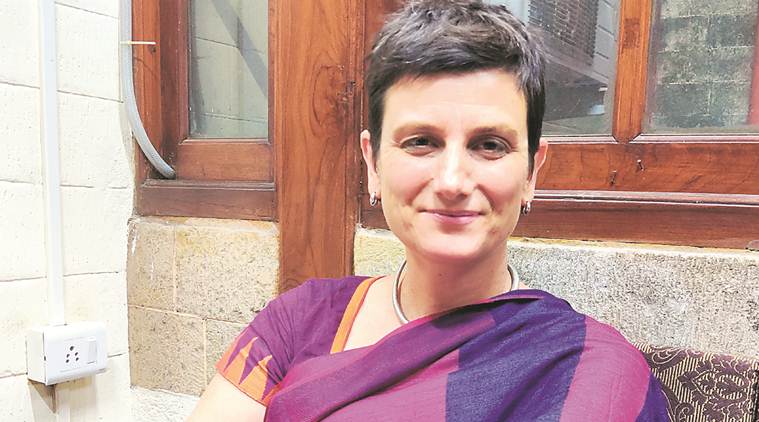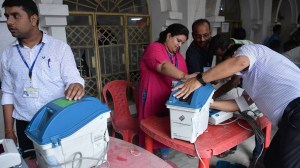- India
- International
‘Medical plastic garbage a lucrative business in India, banning it not a solution’
Dr Sarah Hodges' current work is on the global circulation of medical garbage and its transformation from risk to resource over the course of the past century. Excerpts from an interview to The Indian Express:
 I am not concerned about the debate on whether it is good or bad. A total ban or rampant use are both bad. A total plastic ban will adversely affect the poor, so we can’t just say “ban the plastic”, says Dr Sarah Hodges.
I am not concerned about the debate on whether it is good or bad. A total ban or rampant use are both bad. A total plastic ban will adversely affect the poor, so we can’t just say “ban the plastic”, says Dr Sarah Hodges.
Dr Sarah Hodges, professor in the department of history at Warwick University, works on social and cultural history of modern South Asia. Her current work is on the global circulation of medical garbage and its transformation from risk to resource over the course of the past century. A historian of contemporary India, she is also studying politics of healthcare. Excerpts from an interview to The Indian Express:
India is moving towards the ban of single-use plastic. But there is hardly any discussion on the vast use of disposable plastics in the health industry. Tell us more about it.
Tubes, syringes, urinary bags, catheters, injections, IV bags, blood bags, which hospitals and doctors widely use are all one-time use plastics. There is an assumption – which I don’t necessarily agree with – that primary healthcare providers cannot always sterilise medical instruments, so disposable plastic proved convenient. AIDS was a popular story, fear of the spread of the virus in reused injections always persisted. So, patients also preferred disposable syringes. In India, 2 kg of medical waste per hospital bed is generated daily. By volume, plastic accounts for maximum waste. So when we discuss on the topic of saying no to plastic or stop using carry bags, one kind of plastic that is never mentioned is medical plastic.
How did plastic find a permanent spot in the healthcare industry?
The initial uptake of medical plastics in the 1970s was not immediately due to concerns about hygiene. In the 70’s and later picking pace in the 1980s and 1990s, plastic was used for convenience and durability. It was not until the end of the 20th century that it became an instrument of medical hygiene. Today, both patients and practitioners have embraced plastic as an indispensable technology of clean medicine.

So is single-use plastic good or bad for medical industry?
I am not concerned about the debate on whether it is good or bad. A total ban or rampant use are both bad. A total plastic ban will adversely affect the poor, so we can’t just say “ban the plastic”. In the UK, not just plastic but even steel items are use-and-throw. The waste is completely processed. In India, medical plastic garbage remains a lucrative business, and so banning it is not a solution.
How?
Plastic creates a possibility for trade and it is a massive business. Plastic scrap recycling is easy. There are series of connected traders or kabadiwalas who look for different types like polyvinyl chloride, high-density polyethylene, polyethylene terephthalate and other kinds of plastic. Scrap dealers earn based on quality of plastic they sell to the trader. Medical garbage has good quality plastic, is easy to identify and always fetches a good price. As I said, it provides for a lucrative business.
What is your take on the government’s move to ban single-use plastic in India?
These bans come and go, it’s been happening for years. A new government comes in and the ban is lifted. I have no opinion on it. But discussion on it is good and needed. Plastic is a byproduct of petroleum refining. It is a temporary material as it moves around the world. Eventually, petroleum stock on the Earth will dry up.
Do you think India is handling its medical waste well?
Yes, there is a policy on bio-medical waste in India and I see that there is compliance. There are, of course, discussions on inefficiency of the system but there is a structure that hospitals largely follow.
Apr 19: Latest News
- 01
- 02
- 03
- 04
- 05






































